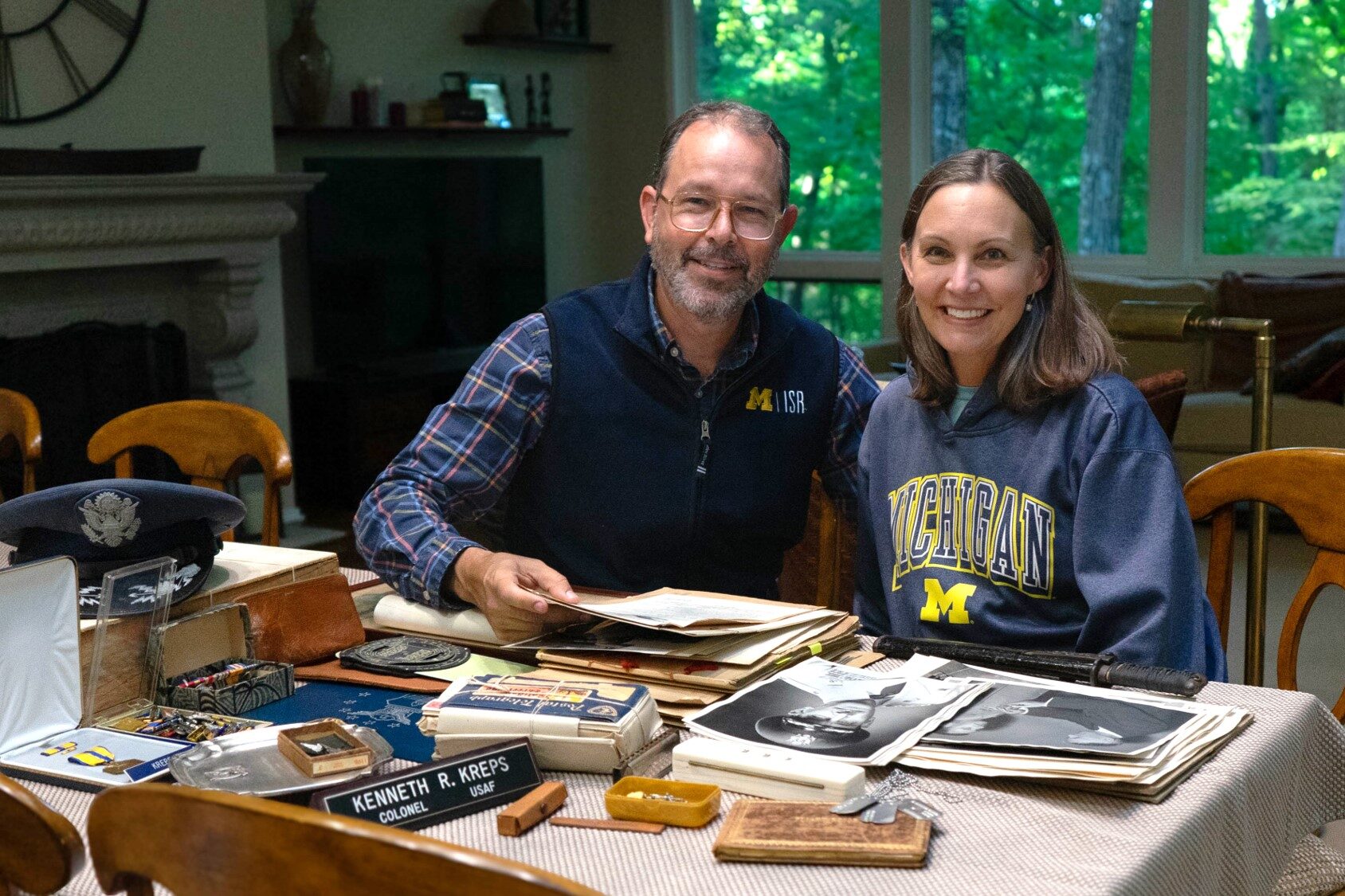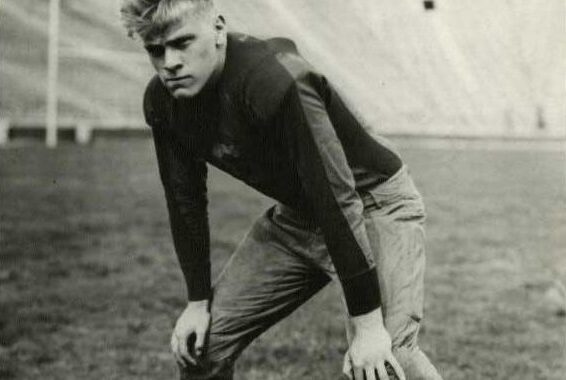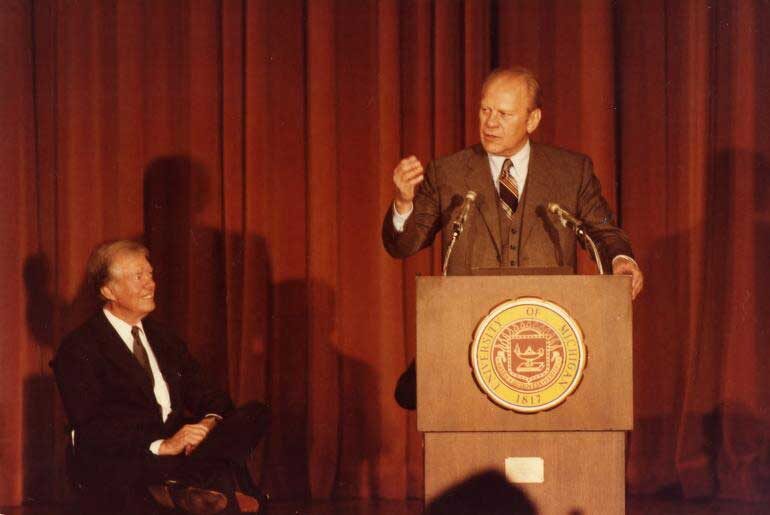A family’s quest for a hero’s ‘war chest’

From undisclosed honors to covert operations, the valiant military exploits of Colonel Kenneth Kreps were veiled in secrecy until a fateful discovery by his descendants. Witness the unveiling of a World War II hero’s saga as his family unpacks a long-lost treasure trove of historic memorabilia.
-
Building – and building on – Michigan Stadium
The story of the construction of the Big House, Michigan Stadium.
-
A life worth living, part two
Video: What are the connections between happiness, creativity and resilience? How do you overcome obstacles to build a satisfying life? U-M psychology professor Christopher Peterson has some deceptively simple — but not necessarily easy — answers.
-
A climate expert's take on Pakistan's floods
U-M professor Ricky Rood, an expert in world and regional climate issues, calls Pakistan’s catastrophic flooding “a case study of climate disaster.”
-
The fight to stop modern slavery
Video: U-M law prof Bridgette Carr is fighting against the world’s second – biggest criminal enterprise.
-
The last survivors
Even the youngest Holocaust survivors, like Dr. Emanuel Tanay, are reaching their 80s. What does it mean to have lived, and to remain a witness to one of history’s great atrocities?
-
Laser-based missile defense for helicopters being developed
It’s “like throwing sand in the eyes of the missile,” says U-M’s Mohammed Islam. He is developing sturdy and portable lasers that could blind heat-seeking weapons, including shoulder-launched missiles that have proved deadly in Iraq and Afghanistan.
Columns
-
President's Message
Eureka! A look at the knowledge ecosystem
With $1.86 billion in research funding, U-M is leading the way in everything from energy solutions to artificial intelligence. -
Editor's Blog
A crisis by any other name…
You know what they say about opportunity. It knocks but once before the door slams shut. -
Health Yourself
So much for farm to table … We’ve got lab to table now
Who's ready to eat chicken that scientists 'hatched' in a lab and not from an egg? -
Climate Blue
How to keep your head above uncharted waters
Ricky Rood says goodbye to Floodtown as he guides us through the changing climate.
Commemorating an exceptional presidency
Fifty years ago, at a time of great division and turbulence in the U.S., Gerald R. Ford was sworn in as the 38th president of the United States. President Ford’s legacy is very much alive at the Ford School of Public Policy. This slideshow is inspired by the school’s recent tribute, “A life of public service,” in the Spring 2024 issue of State & Hill magazine. As noted by the editors, the values that distinguished Ford remain highly relevant to policy students today: his lifelong commitment to principled public service, his integrity, and his ability to connect across differences to forge consensus.
















